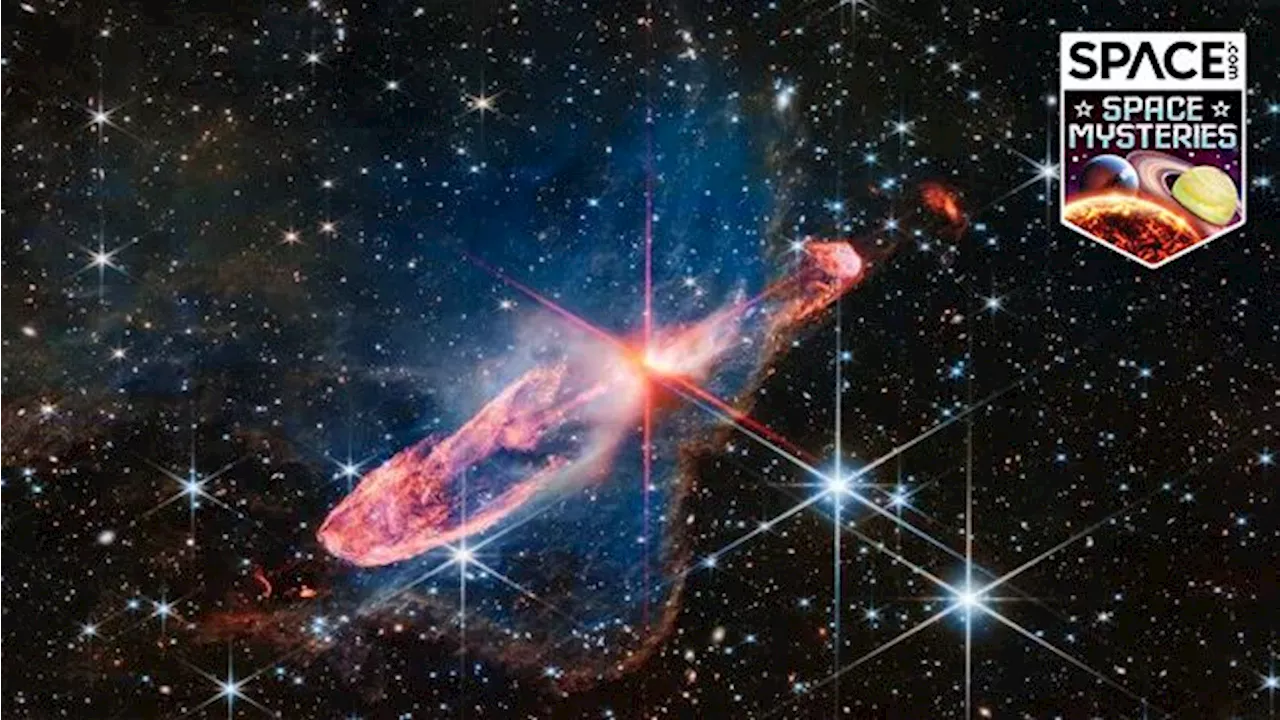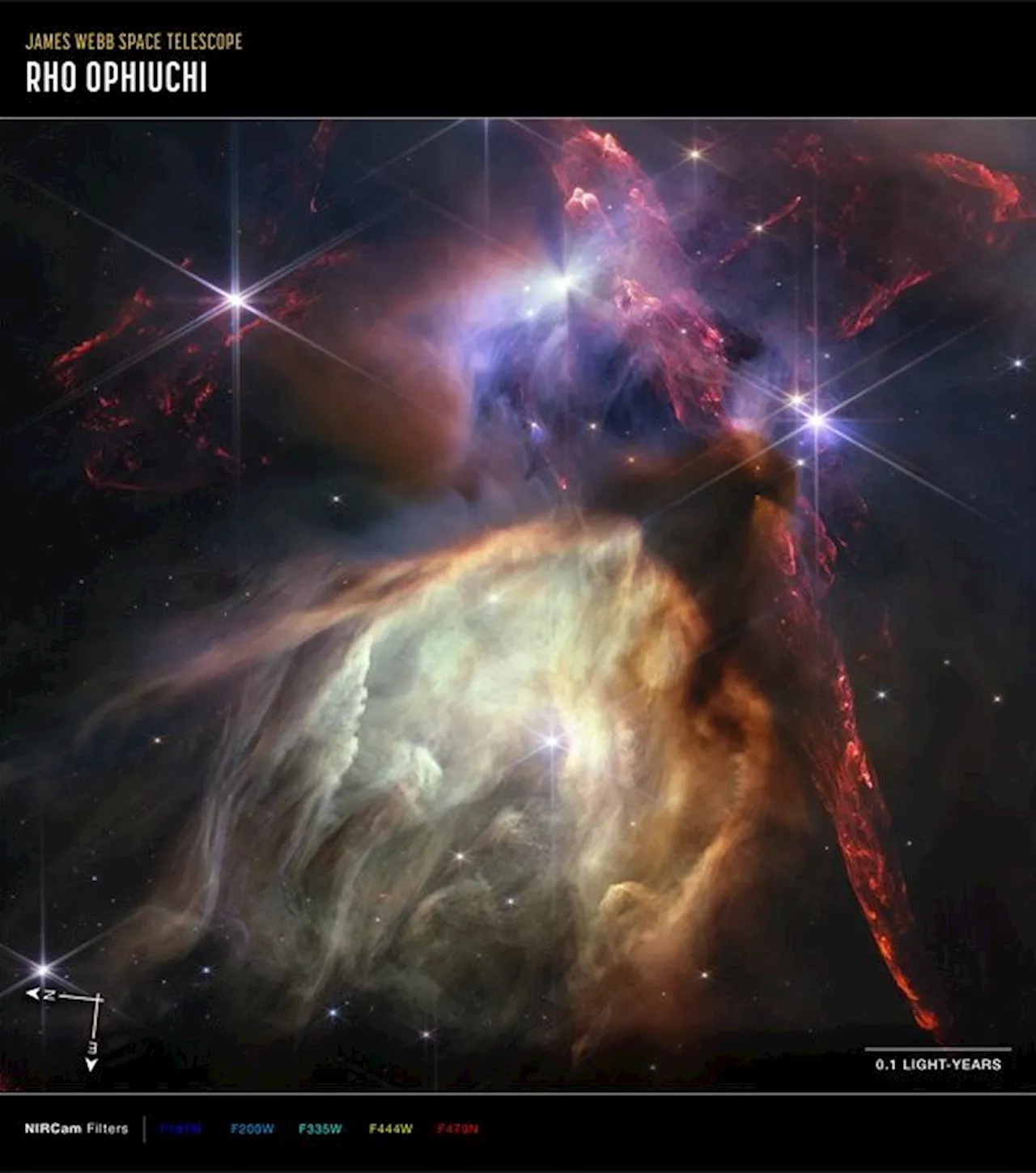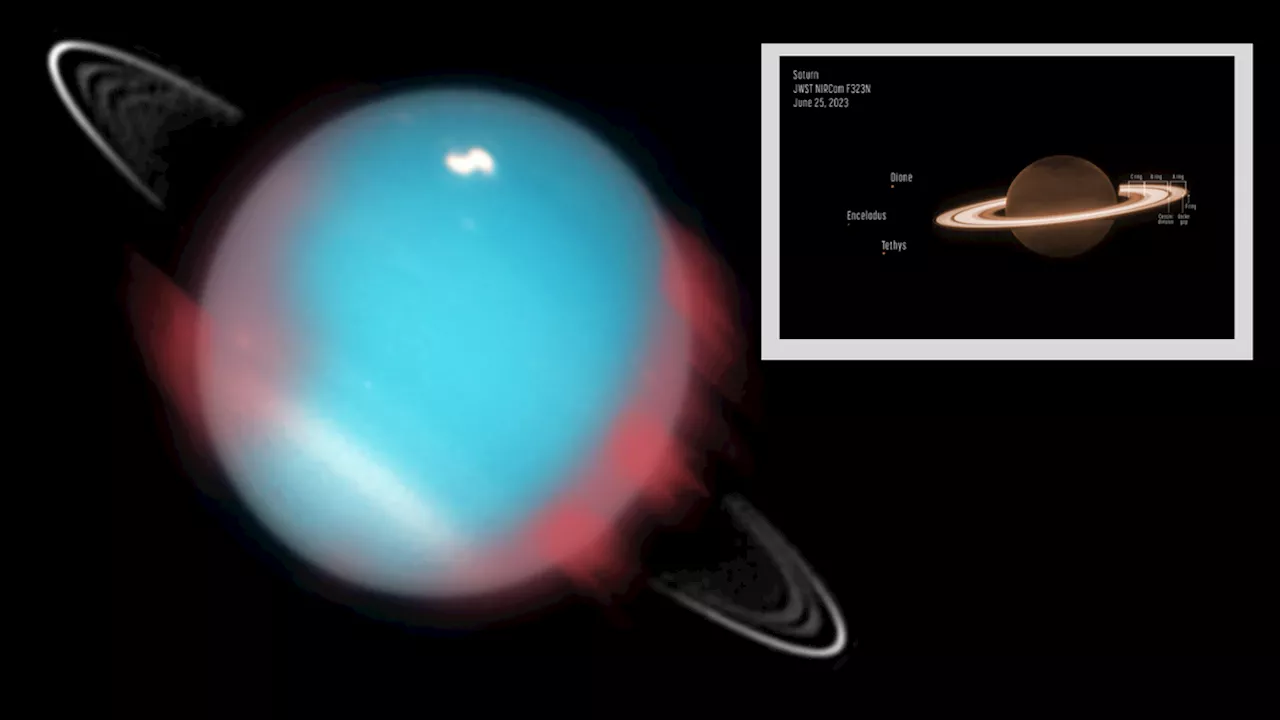Rebecca Sohn is a freelance science writer. She writes about a variety of science, health and environmental topics, and is particularly interested in how science impacts people's lives. She has been an intern at CalMatters and STAT, as well as a science fellow at Mashable.
In science, it’s often said that the data doesn’t care what you think. That is especially true when it comes to sophisticated new tools like the. So it hasn’t been a shock that some of the data from the JWST isn't quite what scientists expected., astrophysicist and science communicator Neil DeGrasse Tyson moderated a discussion at the National Museum of Natural History in New York.
Other problems were not so easily resolved. For instance, many observations made by the JWST revealed that the early universe was a surprisingly vibrant place, with galaxies far larger and brighter than scientists predicted. Breaking space news, the latest updates on rocket launches, skywatching events and more!Receive email from us on behalf of our trusted partners or sponsors
Unfortunately, the surprisingly luminous early galaxies the JWST discovered did nothing to solve this mystery. On the bright side, it looks like data from JWST can do more than just point out discrepancies — it may be able to help scientists answer some fundamental questions inthat have persisted for decades. The telescope also won’t be the only technology helping solve these problems.
United States Latest News, United States Headlines
Similar News:You can also read news stories similar to this one that we have collected from other news sources.
 What are the true colors of images from the James Webb Space Telescope?Rebecca Sohn is a freelance science writer. She writes about a variety of science, health and environmental topics, and is particularly interested in how science impacts people's lives. She has been an intern at CalMatters and STAT, as well as a science fellow at Mashable.
What are the true colors of images from the James Webb Space Telescope?Rebecca Sohn is a freelance science writer. She writes about a variety of science, health and environmental topics, and is particularly interested in how science impacts people's lives. She has been an intern at CalMatters and STAT, as well as a science fellow at Mashable.
Read more »
 Stunning James Webb images show birth and death of massive starsThe James Webb Space Telescope continues to surprise us with stunning pictures, but of what exactly? Astronomer Nienke van der Marel shows with three images how massive stars lead short but explosive lives.
Stunning James Webb images show birth and death of massive starsThe James Webb Space Telescope continues to surprise us with stunning pictures, but of what exactly? Astronomer Nienke van der Marel shows with three images how massive stars lead short but explosive lives.
Read more »
 James Webb telescope to zoom in on Uranus and Saturn in study of mysterious aurorasRobert Lea is a science journalist in the U.K. who specializes in science, space, physics, astronomy, astrophysics, cosmology, quantum mechanics and technology. Rob's articles have been published in Physics World, New Scientist, Astronomy Magazine, All About Space and ZME Science.
James Webb telescope to zoom in on Uranus and Saturn in study of mysterious aurorasRobert Lea is a science journalist in the U.K. who specializes in science, space, physics, astronomy, astrophysics, cosmology, quantum mechanics and technology. Rob's articles have been published in Physics World, New Scientist, Astronomy Magazine, All About Space and ZME Science.
Read more »
 James Webb Space Telescope captures the end of planet formationHow much time do planets have to form from a swirling disk of gas and dust around a star? A new study gives scientists a better idea of how our own solar system came to be.
James Webb Space Telescope captures the end of planet formationHow much time do planets have to form from a swirling disk of gas and dust around a star? A new study gives scientists a better idea of how our own solar system came to be.
Read more »
 James Webb Space Telescope to investigate the stunning light shows of Saturn and UranusRobert Lea is a science journalist in the U.K. whose articles have been published in Physics World, New Scientist, Astronomy Magazine, All About Space, Newsweek and ZME Science. He also writes about science communication for Elsevier and the European Journal of Physics. Rob holds a bachelor of science degree in physics and astronomy from the U.K.
James Webb Space Telescope to investigate the stunning light shows of Saturn and UranusRobert Lea is a science journalist in the U.K. whose articles have been published in Physics World, New Scientist, Astronomy Magazine, All About Space, Newsweek and ZME Science. He also writes about science communication for Elsevier and the European Journal of Physics. Rob holds a bachelor of science degree in physics and astronomy from the U.K.
Read more »
